Science Shop
Advertisement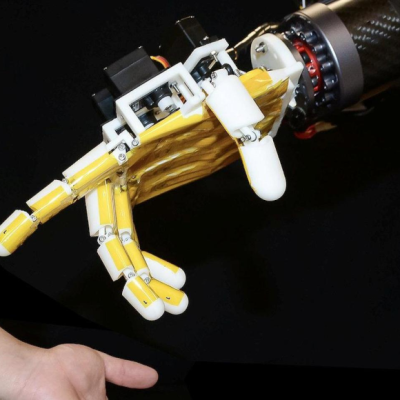
Robot skin detects viruses, explosives, toxins.
- By Rolf Lewis
- . June 19, 2022
A breakthrough in robotics has been made with the development of an artificial skin that can detect nerve agents, TNT explosives, and various viruses using
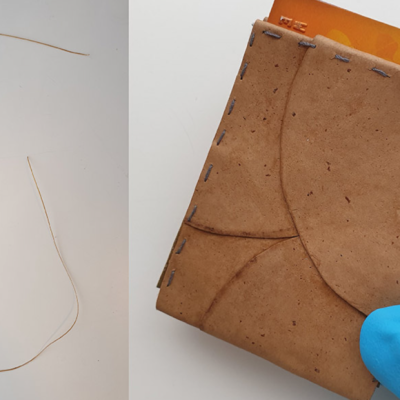
Mushroom-made Paper, Leather, and Thread
- By Rolf Lewis
- . June 3, 2022
In a bid to reduce the environmental impact of textile and paper production, researchers at the University of Borås have developed a process that uses
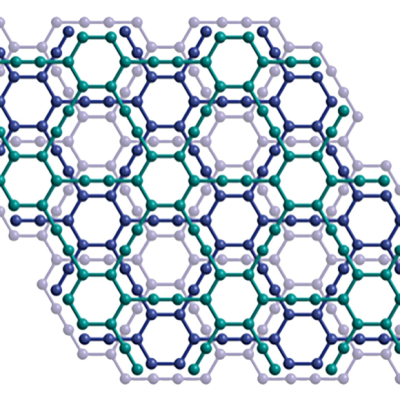
Revolutionary 2D Material Graphyn Created
- By Rolf Lewis
- . May 29, 2022
In a breakthrough for materials science, researchers at the University of Colorado in Boulder have successfully produced the 2D material Graphyne for the first time.
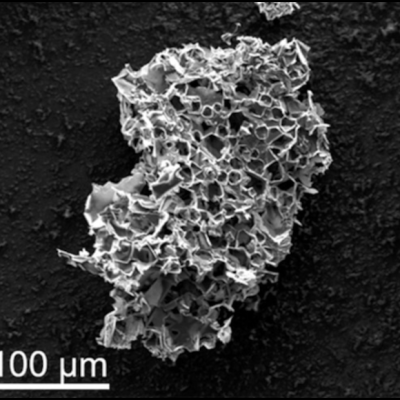
Plastic Waste vs CO? Emissions
- By Rolf Lewis
- . May 22, 2022
A new CO2 absorber made from pyrolyzed plastic waste has been developed that can remove greenhouse gases from exhaust fumes in an energy-efficient and cost-effective
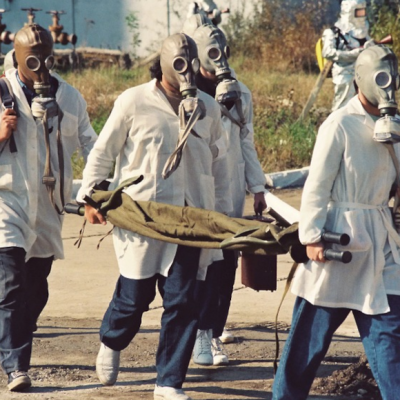
Insects as Evidence of War Crimes
- By Rolf Lewis
- . May 11, 2022
Insects may be the key to proving war crimes and the use of banned weapons, according to a recent study. The United Nations Chemical Weapons
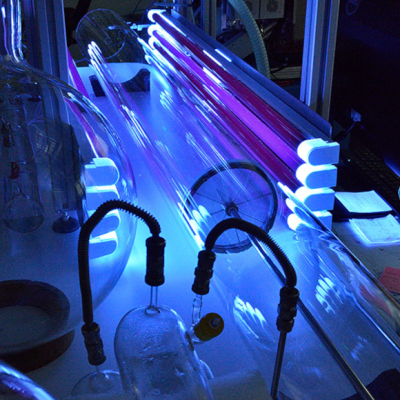
New Atmospheric Substance: Hydrotrioxide
- By Rolf Lewis
- . May 5, 2022
Scientists have made a groundbreaking discovery that hydrotrioxides can be formed in the Earth’s atmosphere. These highly reactive compounds have unknown effects on the environment
Platinum’s Impossible Reaction Decoded
- By Rolf Lewis
- . April 8, 2022
Researchers have discovered a metastable state that explains why a platinum catalyst can be active below its threshold temperature. Platinum is a central component of
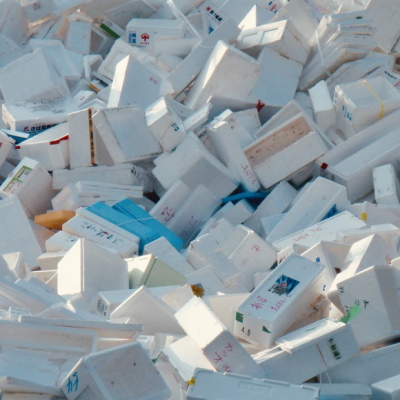
Waste to Resource: Simplified Process
- By Rolf Lewis
- . April 5, 2022
A groundbreaking new process has been developed that simplifies the recycling of plastics. Scientists at Cornell University have presented a new method for recycling polystyrene

40,000 Chemical Weapons Developed in 6 Hours
- By Rolf Lewis
- . March 22, 2022
In just six hours, a team of scientists from Collaborations Pharmaceuticals in Raleigh, USA, used artificial intelligence (AI) to identify 40,000 toxic molecules that could
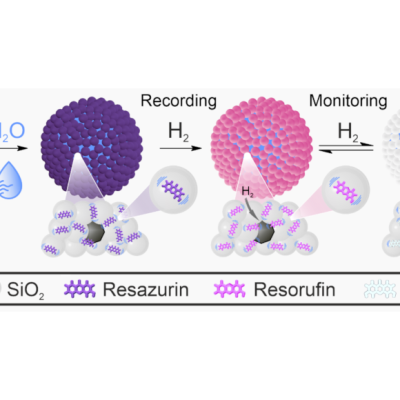
Hydrogen Leak Warning Supraparticles
- By Rolf Lewis
- . March 18, 2022
A new sensor made of supraparticles has been developed by scientists at the Friedrich-Alexander-Universität Erlangen-Nürnberg (FAU) in Germany to detect the presence of hydrogen gas.









